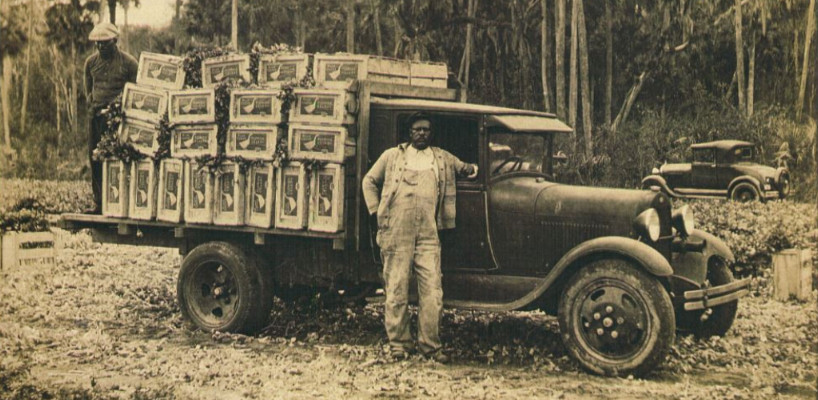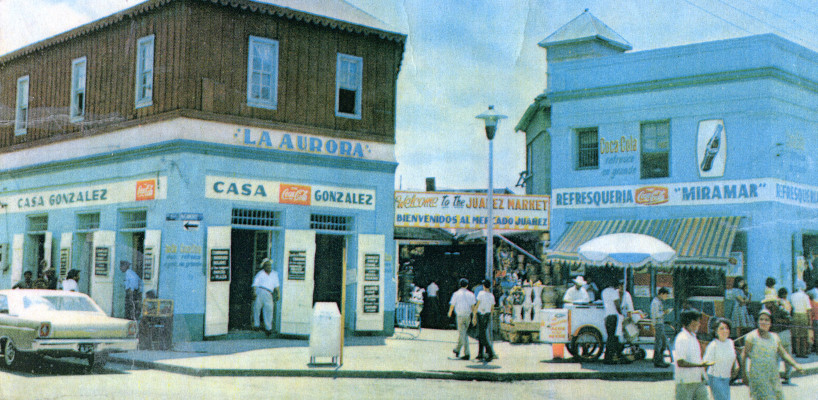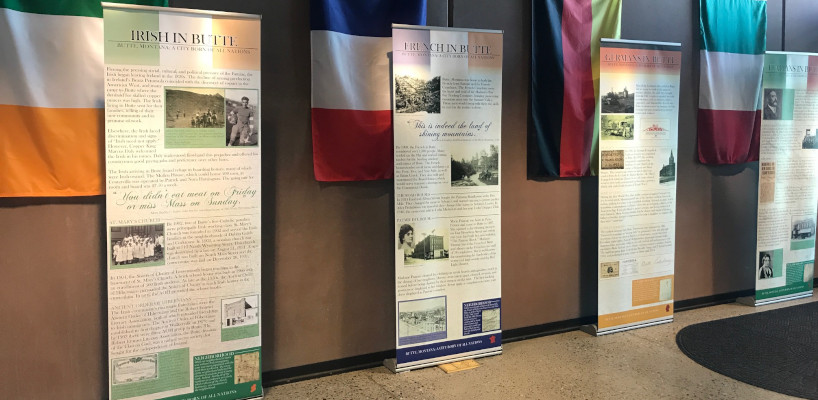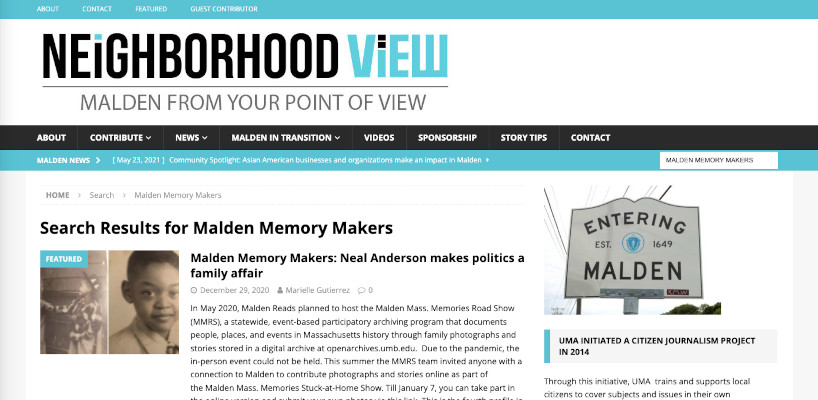Sharing the collection is an important final step in the participatory archiving process. While putting the collection online through a digital repository makes it accessible and searchable, there are many things you can do to publicize its availability and interpret its significance.
Roles & Responsibilities
For an overview of all RoPA Roles and Responsibilities, please review the Building a Team module.
The Community Coordinator will work with the Collections Coordinator to host a Collection Showcase and Interpretation Meeting. Together, they will guide the Project Team in making decisions about interpretive programming and/or projects and ensure that any interpretive project or program is assigned or delegated to appropriate individuals.
If your Project Team does not have an Outreach Specialist, the Community Coordinator will also be responsible for publicizing the availability of the collection. They will work with the Collections Coordinator, the Collecting Organization, and/or the Community Working Group to promote the collection among researchers, educators, and relevant community groups.
If your Project Team includes an Outreach Specialist, they will be responsible for publicizing the availability of the collection in lieu of the Community Coordinator. The Outreach Specialist will create and implement a Publicity Plan. They will also work with the Collections Coordinator, the Collecting Organization, and/or Community Working Group to promote the collection among researchers, educators, and relevant community groups.
If your Project Team includes a Social Media Specialist, they will be responsible for using social media to publicize the availability of the collection in lieu of the Community Coordinator. The Social Media Specialist will create and implement a social media campaign, working with the Community Coordinator, Collections Coordinator, the Collecting Organization, partner organizations, and/or Community Working Group, to promote the collection among researchers, educators, and relevant community groups.
If needed, the Community Working Group can help implement the Publicity Plan by contacting individuals from the Contact Spreadsheet.
The Collection Coordinator assists in creating and implementing the Publicity Plan and works with the Community Coordinator and/or Collecting Organization to promote the collection among researchers and educators. The Collection Coordinator will work with the Community Coordinator to host a Collection Showcase and Interpretation Meeting; the Collection Coordinator is responsible for creating the meeting slide deck. Together, they will guide the Project Team in making decisions about interpretive programming and/or projects and ensure that any interpretive project or program is assigned or delegated to appropriate individuals.
The Project Team will attend the Collection Showcase and Interpretation Meeting, where they will identify and finalize the type(s) of interpretive projects or programs that will be produced. The Project Team may decide to form a dedicated working group of volunteers and hired professionals to complete the work.
The Collecting Organization will assist the Community and Collection Coordinators in promoting the new collection to researchers and educators. They will also provide support in creating interpretive programming and/or projects.
Depending on the type of interpretive programming or project your Project Team chooses to create, your Project Team may decide to hire professionals to produce the initiative.
Steps to Success
Download a Quick Checklist of the Sharing the Collections steps here.
Best Practice Examples
Do you know of a project or program that could be featured here? Please contact us.
Resources
The American Association for State and Local History’s Small Museum Toolkit: Interpretation: Education, Programs and Exhibits (2013) is a primer on planning and researching interpretive programs as well as exhibits.
Adobe’s Creative Cloud license includes access to Adobe Express, which can be used to create attractive displays of digital images and text using a variety of style templates and themes.
Beth Sage Hansen’s Great Exhibits! For Small Museums (2017) and her website are useful places to start.
Northwestern University’s Knight Lab provides free tools that can easily be used to create digital exhibits with digitized historical materials. TimelineJS allows users to create timelines with their own images and text, and StoryMapJS enables users to create historical narratives by displaying these types of materials on a geographic map.
The success of The Moth Radio Hour has done much to popularize storytelling in the United States in recent years. The Moth producers have developed an array of workshops and programs to teach story craft and performance skills and, in the process, foster connections among community members. Non-profit organizations can pay The Moth to offer workshops for their constituents or look for locally or regionally based programs that offer similar programs in their area.
Omeka, developed by the Roy Rosenzweig Center for History and New Media at George Mason University, is an open-source platform that can be used to create digital exhibits. It can also be used as a repository for digital collections. A range of free and paid versions are available.
The Wing Luke Museum of the Asian Pacific Experience in Seattle, Washington pioneered community-based exhibitions in the 1990s, and a growing number of institutions in the United States offer programs inspired by this model. The museum’s Community-Based Exhibition Model publication is available for purchase on the organization’s website.
Wordpress is a commonly used tool for building websites. A range of free and paid versions are available.
Glossary
An online media housed in cyberspace that presents and interprets content through contemplation, comprehension, discovery, and/or interaction. (Adapted from the American Perceptionalism blog.)
A combination of media, objects, and display tools housed in a physical space, such as a museum, that presents and interprets content through contemplation, comprehension, discovery, and/or hands-on interaction. (Adapted from the American Perceptionalism blog.)
A free or paid educational activity offered by a library, museum, historical society, or other cultural heritage organization for the visiting public, often as an enhancement to an exhibition or object on display. (Adapted from “Putting the ‘Public’ in Public Programs: An Inclusive Approach to Program Development in Museums.”)
A series of coordinated activities using a single or multiple social media platforms designed to reinforce information or achieve a specific goal over a set period of time. (Adapted from Hootsuite.)



